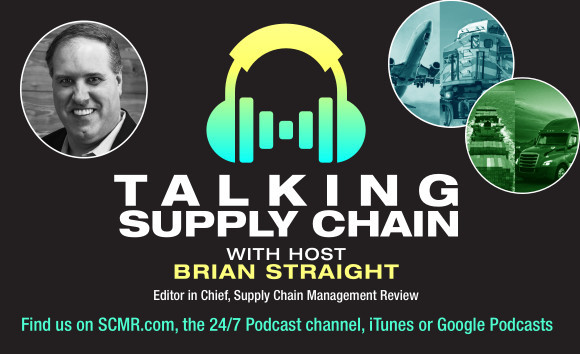Relief supply chains are a bit more complex than traditional supply chains. Supply chain professionals are used to planning, planning routes, planning efficiencies, etc. But in a disaster situation, time can be of the essence, and the chaotic nature of trying to pull together a massive relief effort means existing relationships may be more important than ever. Whether it is a shipper looking to move relief suppliers such as water or food, or a trucking company with trucks and trailers to loan out, what steps can these companies take prior to disaster striking so they are in a position to help when needed?
Iana Shaheen is an assistant professor of supply chain management at the Walton College of Business at the University of Arkansas. She has done extensive research on humanitarian supply chains and joins Talking Supply Chain host Brian Straight to discuss what businesses need to know, and how they can be in a position to help.
Listen: Talking Supply Chain: Humanitarian supply chains provide a lifeline for many
SC
MR


More 3PL
- Services sector sees growth in October, reports ISM
- Managing inbound freight: What has changed in two decades?
- Inbound freight: Often a missed opportunity
- 2024 Warehouse/DC Operations Survey: Technology adoption on the rise
- Looking back at NextGen 2024
- Manufacturing again contracts in October, reports ISM
- More 3PL
Latest Podcast

 Explore
Explore
Topics
Business Management News
- The hard job of teaching soft skills
- Trump picks former Wisconsin congressman Sean Duffy for DOT secretary
- Made in Mexico, manufactured by China
- Retail sales see gains in October, reports Commerce and NRF
- Balancing green and speed: Home delivery insights from the pandemic era
- AdventHealth named top healthcare supply chain by Gartner
- More Business Management
Latest Business Management Resources

Subscribe

Supply Chain Management Review delivers the best industry content.

Editors’ Picks




